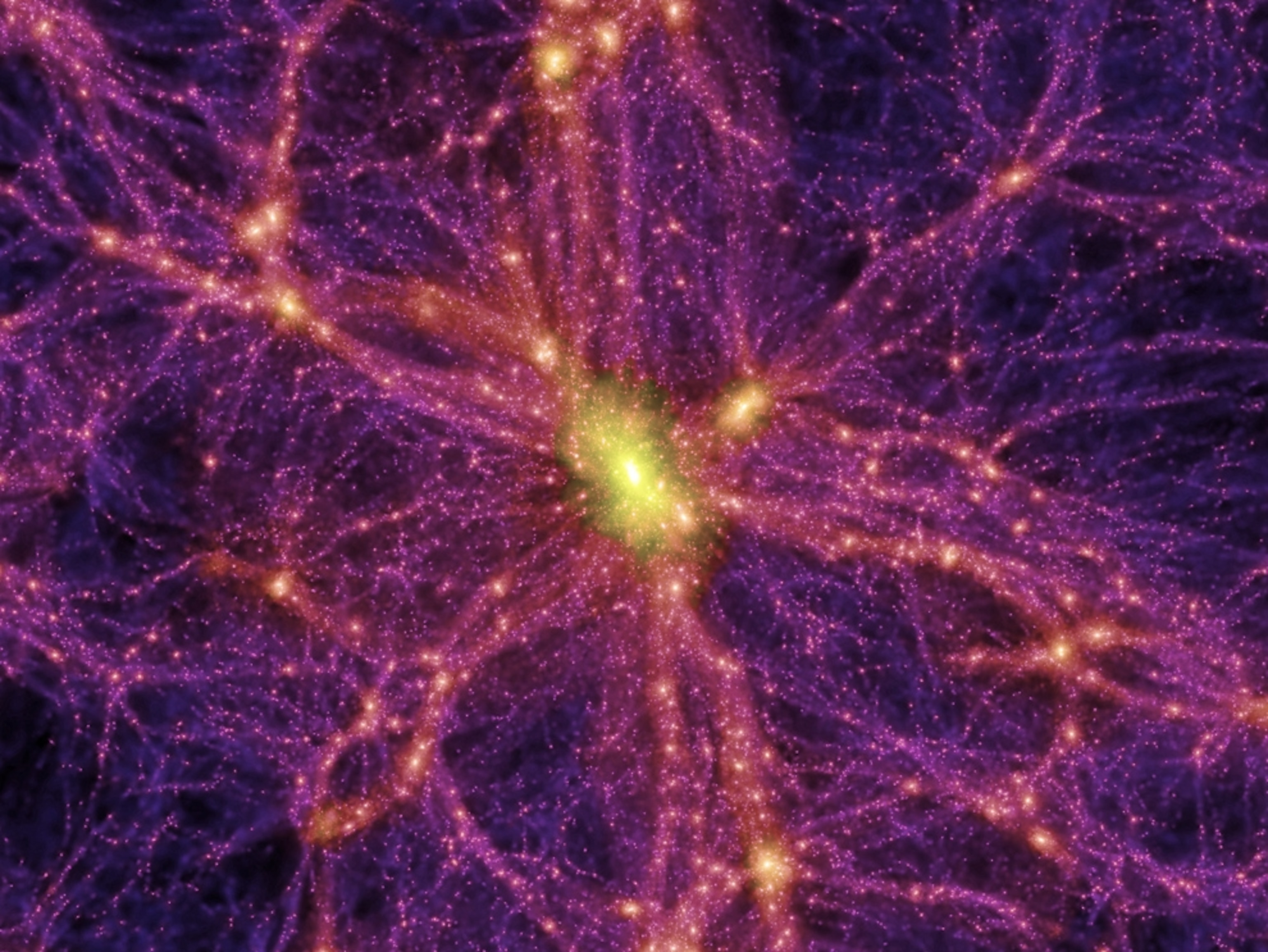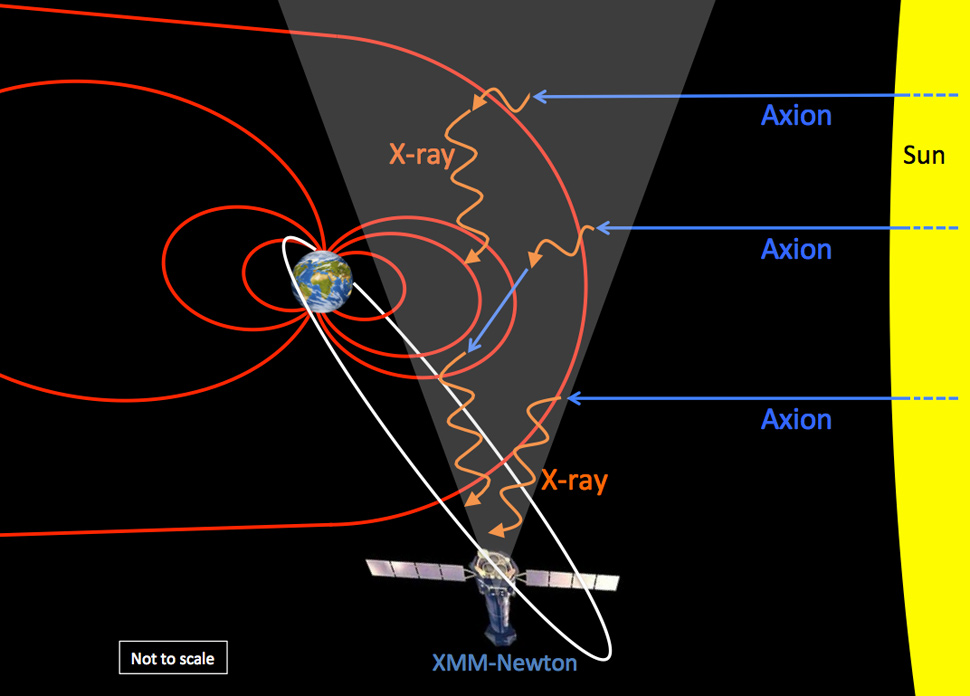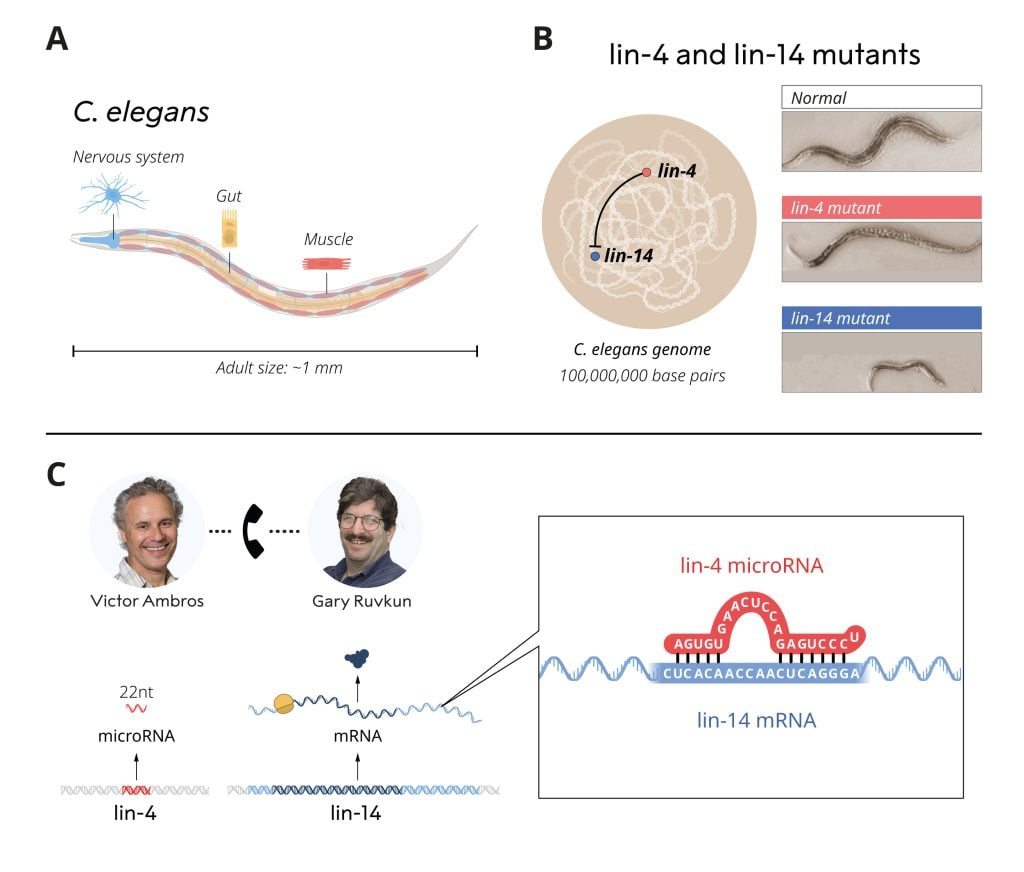
Dark Energy Analysis Questions Universe’s Future
Dark energy, a mysterious force accounting for approximately 68% of the universe, plays a crucial role in probing the dynamics of cosmic evolution. Recent investigations, particularly those conducted under the Dark Energy Spectroscopic Instrument (DESI) collaboration, reveal that this enigmatic energy source, once believed to be a steady “cosmological constant”, may actually be weakening over time. Such findings challenge the very fabric of our understanding of the universe’s expansion and encourage a reevaluation of fundamental cosmological models. Researchers have employed groundbreaking technology and extensive data analysis to assess the influence of dark energy on galaxy evolution and large-scale structures. As we delve deeper into the mysteries of dark energy, the broader implications on the future of the universe become increasingly apparent.
The concept of dark energy encompasses various phenomena related to the accelerating expansion of the universe. Often referred to as the elusive force driving this expansion, it is integral to current astrophysical research initiatives. Recent studies led by the DESI partnership have sought to elucidate the behavior of this cosmological element, suggesting that it might not be a constant as previously thought. This has sparked new avenues of inquiry regarding the evolution of galaxies and the cosmos at large. As scientists continue to investigate these complexities, a deeper understanding of the universe’s fate emerges, intertwined with the enigmatic nature of dark energy.
Understanding Dark Energy: Its Role in the Universe’s Expansion
Dark energy is a fundamental component of our universe, believed to be responsible for the observed acceleration of its expansion. This mysterious force, often equated with the cosmological constant proposed by Albert Einstein, presents a paradigm shift in our comprehension of cosmic dynamics. Recent investigations, particularly through the efforts of the Dark Energy Spectroscopic Instrument (DESI) collaboration, have initiated a deeper inquiry into the nature of dark energy and its implications for the future trajectory of the universe.
Through the latest data produced by DESI, researchers have uncovered intriguing evidence suggesting that dark energy may not be constant after all. This revelation prompts scientists to reconsider the standard models of cosmic evolution, significantly impacting theories regarding the fate of the universe. The implications of a potentially weakening dark energy could redefine our understanding of cosmic structures and force us to explore new hypotheses about galaxy evolution and the universe’s overall destiny.
The DESI Collaboration: Pioneering Dark Energy Research
The DESI collaboration is a monumental global initiative comprising over 900 researchers from more than 70 institutions worldwide, uniting under a common goal to probe the mysteries of dark energy. Spearheaded by institutions like the Center for Astrophysics at Harvard & Smithsonian, this collaboration harnesses cutting-edge technology to construct the most comprehensive 3D map of the universe, facilitating unprecedented insights into how dark energy influences cosmic expansion. This commitment to collaboration not only amplifies the potential for groundbreaking discoveries but also enriches the scientific community’s collective knowledge.
Recent analyses from the DESI initiative highlighted how the distribution of galaxies and quasars across the cosmos provides a window into the dynamics of dark energy. By leveraging a transect of over 14 million celestial objects, scientists are uncovering patterns that reflect the historical influence of dark energy, which can alter our understanding of the universe’s evolution. As the collaboration progresses with its comprehensive analyses, researchers are not just unveiling the nature of dark energy; they are also elucidating how dark energy participates in galaxy formation and the complex architecture of the cosmic web.
Cosmic Insights: The Future of Dark Energy Research
As findings from the DESI collaboration continue to unravel the complexities surrounding dark energy, the need for further research becomes more apparent. Insights gained over the past years have revealed that dark energy might be evolving, presenting opportunities for theoretical exploration that could reshape our cosmic narratives. The ability to map the universe in three dimensions offers invaluable data that supports a deeper understanding of the interplay between matter, energy, and the cosmic fabric.
Looking forward, the DESI data release sets a new standard for participation in dark energy research, allowing astronomers worldwide to explore intricate details of celestial objects and dark energy metrics. This openness not only democratizes access to critical information but also fosters a collaborative approach to solving some of astronomy’s most pressing questions, including the fundamental nature of dark energy and its role in the expansion of the universe.
The Cosmological Constant: A Pillar of Modern Cosmology
The cosmological constant, once relegated to the realm of theoretical paradox, has regained significance as recent discoveries challenge our understanding of the universe’s expansion dynamics. It serves as a cornerstone of modern cosmology, encapsulating the balance between gravitational forces and the mysterious dark energy driving cosmic acceleration. As researchers delve deeper into data derived from DESI, the implications of a fluctuating or weakening cosmological constant open avenues for revolutionary ideas in astrophysics.
Understanding the cosmological constant’s relationship with dark energy reveals critical insights into the evolution of galaxies and the universe as a whole. Moreover, investigations into variations of this constant over time could catalyze a renaissance in cosmological theories, shedding light on the mechanisms that govern galaxy formation and the large-scale structure of the universe. Such studies are essential to reconstructing our cosmic history and predicting potential future scenarios.
Galactic Evolution and Dark Energy: A Complex Relationship
The relationship between dark energy and galaxy evolution is inherently intricate, with each influencing the characteristics and formation patterns of the other. As the universe expands, dark energy plays a pivotal role in determining how galaxies interact and develop over cosmic time. The DESI collaboration’s extensive mapping allows for rigorous analysis of these interactions, providing insights that bridge the gap between dark energy and observable galactic behavior.
Recent studies suggest that the effects of dark energy could lead to varying rates of galaxy formation and evolution, highlighting the need for fine-tuned models that incorporate these dynamic variables. By utilizing data from millions of galaxies, researchers can gain a clearer understanding of how dark energy contributes to the structure and arrangement of the cosmic web, revealing complexities that could redefine our understanding of both dark energy and galaxy evolution.
The Impact of Dark Energy on Cosmic Structure Formation
Dark energy significantly influences the formation and distribution of large-scale structures within the universe. As DESI continues to collect and analyze data, its impact on cosmic structure becomes increasingly apparent. Dark energy’s role in the acceleration of the universe’s expansion implies that it effectively governs how clusters of galaxies evolve and maintain their cohesion against gravitational collapse.
By investigating how dark energy interacts with the matter in the universe, researchers can discern patterns that inform us about the genesis and life cycle of galaxies and clusters. This research is paramount in understanding not just the present state of the universe, but also its future evolution, prompting questions about how dark energy may affect cosmological structures over billions of years.
The Revolutionary Role of DESI in Astrophysical Research
The Dark Energy Spectroscopic Instrument (DESI) is revolutionizing astrophysical research by providing unprecedented detail and clarity in mapping the universe. Its advanced capabilities to survey millions of cosmic entities allow researchers to explore dark energy’s impact thoroughly. This comprehensive understanding is crucial for scientists aiming to decipher the fundamental forces shaping our universe.
Beyond dark energy, DESI’s vast dataset aids in concurrent studies of galaxy evolution and the structural delineation of the Milky Way. As the survey operates continuously, the insights gleaned from DESI will enhance our knowledge not only of dark energy but of cosmic evolution as a whole, enriching the narrative of our universe and potentially leading to new discoveries that redefine cosmological principles.
Public Engagement with Dark Energy Findings
The DESI collaboration recognizes the importance of public engagement, exemplified by initiatives aimed at educating and involving the public in recent discoveries related to dark energy. By disseminating findings through visual materials and public repositories, astronomers are making vital cosmic data accessible to enthusiasts and scholars alike. This opens opportunities for active learning and encourages a broader interest in astrophysics.
Moreover, public interest in dark energy research extends beyond mere curiosity; it cultivates a culture of inquiry and promotes awareness of the scientific endeavor underlying cosmic exploration. Events such as the American Physical Society’s Global Physics Summit serve as platforms for showcasing advancements, fostering a community invested in understanding the universe’s expansion and the enigmatic force of dark energy.
Frequently Asked Questions
What is dark energy and how does it influence the universe’s expansion?
Dark energy is a mysterious force that is believed to be responsible for the accelerating expansion of the universe. It constitutes about 68% of the universe’s total energy density and is often associated with the cosmological constant. Dark energy acts against the attractive force of gravity, causing galaxies to move away from each other at increasingly faster rates.
How does the Dark Energy Spectroscopic Instrument (DESI) contribute to dark energy research?
The Dark Energy Spectroscopic Instrument (DESI) plays a crucial role in dark energy research by creating the largest 3D map of the universe. By examining the distribution of galaxies and quasars, DESI helps researchers measure the effects of dark energy over the past 11 billion years, aiding in the understanding of its evolution and impact on the universe’s expansion.
What are Baryon Acoustic Oscillations and why are they important for studying dark energy?
Baryon Acoustic Oscillations (BAOs) are regular, periodic fluctuations in the density of visible baryonic matter of the universe. They serve as a ‘standard ruler’ which helps astronomers measure cosmic distances, allowing researchers to assess the strength of dark energy through variations in galaxy distribution influenced by the universe’s expansion.
What implications do recent findings from the DESI collaboration have for our understanding of dark energy?
Recent findings from the DESI collaboration suggest that dark energy, previously thought to be constant, might be weakening over time. This evolution challenges the current standard model of cosmology and indicates that our understanding of the universe’s fate and the dynamics of dark energy may require significant revision.
How does dark energy affect galaxy evolution and structure within the universe?
Dark energy influences galaxy evolution and the structure of the universe by shaping the distribution of galaxies. As it drives the universe’s accelerated expansion, dark energy alters the gravitational dynamics between galaxies, leading to the formation of the cosmic web and affecting how galaxies cluster and evolve over time.
What is the significance of the DESI Data Release 1 for dark energy research?
The DESI Data Release 1 provides researchers with detailed information on millions of celestial objects, enhancing dark energy research by offering valuable data for analyzing galaxy distribution and cosmic structures. This dataset empowers scientists to investigate the influence of dark energy and supports a wide range of astrophysical studies.
How can I explore the findings of the DESI collaboration on dark energy?
The findings of the DESI collaboration can be explored through the publicly available Data Release 1. Users can access detailed datasets that include information on galaxies and quasars, which are critical for ongoing research into dark energy, galaxy evolution, and the structure of the universe.
| Key Points | Details |
|---|---|
| Dark Energy Analysis | New findings from the Dark Energy Spectroscopic Instrument (DESI) indicate that dark energy may be weakening over time. |
| Impact on Universe’s Fate | The interplay between dark energy and matter is crucial for understanding the universe’s accelerating expansion. |
| Study Duration | The study reviewed dark energy’s influence over the last 11 billion years. |
| Methodology | Utilizes the largest 3D map of the universe and examines Baryon Acoustic Oscillations. |
| Collaboration | Involves over 900 researchers and is managed by Berkeley Lab. |
| Research Applications | Findings support broader astrophysical studies, including galaxy evolution and the structure of the Milky Way. |
Summary
Dark energy continues to perplex scientists as new research suggests it may be evolving, challenging our fundamental understanding of the universe. As the DESI collaboration unveils its findings, the mystery surrounding the behavior of dark energy remains at the forefront of cosmic exploration. With over 900 researchers working diligently, the implications of these discoveries could redefine how we perceive the expansion of the universe and its ultimate fate.








